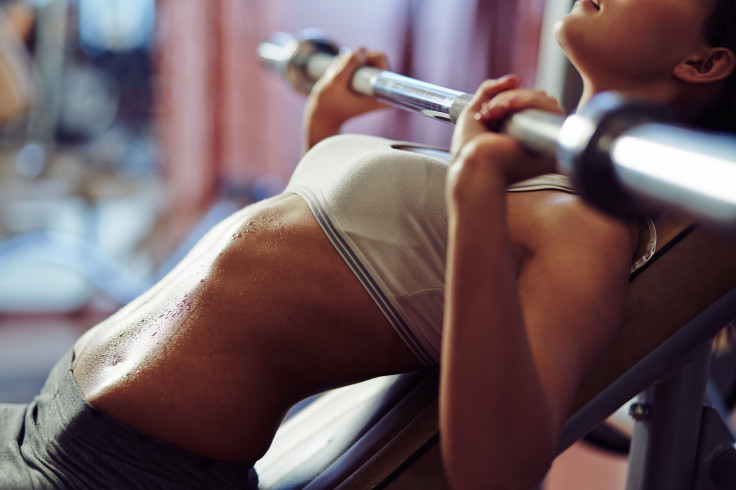Practice Smart Fitness: 10 Common Myths About Working Out That Should Be Laid To Rest

The start of January can only mean one thing for weight loss hopefuls: the diet and exercise craze. Whether you’re exercising to drop the pounds or to stay in shape and be healthy, it’s important to tell apart the half-truths and lies that shape the fitness world. Mental Floss YouTube host Elliott Morgan dispels 10 of the most common myths about working out that should be laid to rest, in the video “Misconceptions about Exercise.”
Myth #1: Running on a treadmill will result in less knee injury.
Treadmills include padding which softens impact, and running outside can be harder on the knees and legs, but researchers have found runners use a slightly modified stride when running on the treadmill as opposed to running outside. Runners tend to have a bouncier run on the treadmill and they may also over-stride. These differences in form actually do affect the knees.
Myth #2: Replace running shoes every six months.
This depends on your size, running style, running habits, and preferred running shoe. When the shoe lining starts to wear down, you should replace them. An 18-year-long study that started in 1991 found Europeans tended to wear their running shoes for 600 miles, but shoes can be worn safely even after this point. It all depends on how your shoes feel.
Myth #3: Stretching prevents injury.
Studies have actually found that static stretching before exercise does not lower the likelihood. In fact, sprinters who participate in this kind of stretching before running might even have slower speeds. According to a 2013 study published in the journal of Strength and Conditioning Research, people who stretched before weightlifting actually felt weaker. The static stretching muscle power lowers by two percent. This is not to say you shouldn’t warm up, but status stretching might not be the way to go.
Myth #4: You have to be sweating or you're not working hard.
Jessica Matthews, a spokesperson for the American Council on Exercise (ACE), "Sweat is a biological response that cools your skin and regulates internal body temperature." Sweat is a sign your body is working to cool itself, but you can burn calories in plenty of ways that don't end with you dripping in sweat.
Myth #5: You sweat out toxins.
You’re only using around one percent of your toxins from your sweat gland. Your gastrointestinal tract does most of the detoxing work in your body.
Myth #6: Calorie counters in exercise machines are accurate.
Fitness machines don't know anything about your sex, weight, or fitness level. All of these factors affect how many calories you're burning during exercise. Don’t take calorie counters on machines too seriously, although some are more accurate than others. According to a study, treadmills are pretty accurate, especially if you can punch in your weight, whereas elliptical machines overestimate calorie count by 42 percent.
Myth #7: If you do enough sit ups, you'll get a six-pack.
According to experts, you can't spot reduce fat. Doing strength training and toning exercises will help, but in order to see the muscle definition that you want, you'll probably have to incorporate cardio and a good diet in your routine.
Myth #8: Cardio burns more calories than weight training.
Obviously, this completely depends on you and what workout you've chosen. Some studies have found that typically more calories are burned during cardio workouts, but strength training allows calories to burn for longer after the workout. This is known as excess post-exercise oxygen consumption or EPOC. After exercise is over, the body's metabolism continues to work hard, resulting in calorie burn, which happens more after weight training.
Myth #9: Maximum heart rate = 220 - age.
Many people think there's an ideal fat-burning zone for their heart rate, which is between 60 and 75 percent of maximum heart rate, so they stay in that zone to get an effective workout. According to the ACE, the problem is that there's no perfect formula to determine your maximum heart rate and therefore, your fat-burning zone. This formula overestimates the heart rate of young people and does the opposite for older people. However, if you’re obsessed with the system, talk to a doctor or trainer to get a more accurate number.
Myth #10: No pain, no gain.
The phrase “no pain, no gain” is not popular among experts who say you should not be in pain while exercising. Discomfort and muscle soreness are fairly normal, but if you're in real pain, you may be risking injury or are already injured. Talk to your doctor if that's the case.
Lay these 10 exercise myths to rest to get the best of your workout.



























